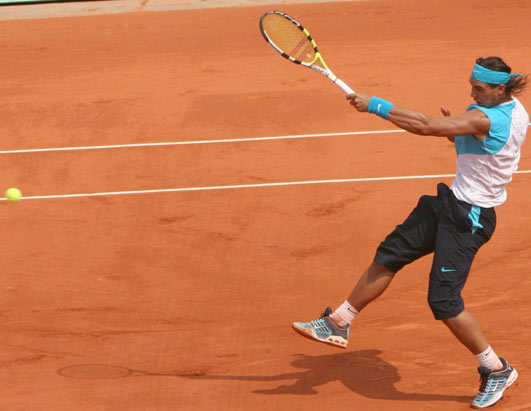FiReFTW
Legend
I think I have a pretty good feel for my normal forehand groundstroke, and its slowly improving with time, of course I hit it in different ways depending on situations.
One forehand I can't seem to get a feel for, is the buggy whip.
When I was stretched wide and there was no other way but to be late on my forehand, usually I tried to hit a defensive slice forehand, but ive started trying the buggy whip now for the past 2 times ive been out in these situations, and it just doesn't work, the ball has a very high trajectory upwards and goes long.
Since its a totally different type of stroke that ive hit of course its new to me and im not acustomed to it, but it just feels like impossible to hit it any other way than by the ball going very high and long, since the swing is so upward.
Does the racquet face have to be more closed on this type of swing? Its certainly not too open because the ball does have some topspin alltho maybe not as much as it should, and that would not happen if my face was open, then I would get backspin.
Any thoughts?
One forehand I can't seem to get a feel for, is the buggy whip.
When I was stretched wide and there was no other way but to be late on my forehand, usually I tried to hit a defensive slice forehand, but ive started trying the buggy whip now for the past 2 times ive been out in these situations, and it just doesn't work, the ball has a very high trajectory upwards and goes long.
Since its a totally different type of stroke that ive hit of course its new to me and im not acustomed to it, but it just feels like impossible to hit it any other way than by the ball going very high and long, since the swing is so upward.
Does the racquet face have to be more closed on this type of swing? Its certainly not too open because the ball does have some topspin alltho maybe not as much as it should, and that would not happen if my face was open, then I would get backspin.
Any thoughts?

